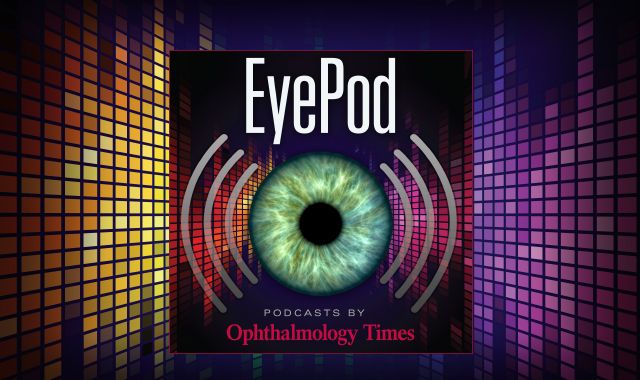News
Article
Telomir-1 exhibited strong ROS reduction properties, hold potential for AMD treatment
Author(s):
Key Takeaways
- Telomir-1 significantly reduces copper and iron-induced ROS in human retinal cells, addressing oxidative stress and metal-induced toxicity in AMD.
- The compound's regulatory properties at low concentrations suggest high therapeutic potential for AMD and other age-related conditions.
Telomir Pharmaceuticals shared results from its recent preclinical studies conducted in human retinal cell lines and plans for future research.
(Image Credit: AdobeStock)

Telomir Pharmaceuticals shared results from its recent preclinical studies conducted in human retinal cell lines which demonstrated the ability of Telomir-1 to significantly reverse copper and iron-induced elevation of Reactive Oxygen Species (ROS).
There is a need for therapies that address the root causes of age-related macular degeneration (AMD), particularly oxidative stress and metal-induced toxicity, which drive retinal degeneration. Telomir-1 targets these underlying mechanisms, offering a potential disease-modifying solution.1
Erez Aminov, Chairman & CEO of Telomir, spoke to the potential of this treatment candidate in the news release1, saying, “The continued success of Telomir-1 in regulating oxidative stress is further proof of its potential to transform healthcare and redefine how we approach aging and age-related diseases. Rather than merely addressing symptoms, our focus is on targeting the root causes of disease at the cellular level. Telomir-1’s ability to mitigate oxidative damage underscores its promise as a breakthrough therapy, not only for AMD but for a broader range of age-related conditions.”
Study Findings
- Copper and iron exposure significantly increased ROS levels in human retinal cells, accelerating oxidative stress and cellular damage.
- Telomir-1 treatment resulted in a significant reduction of copper and iron-induced ROS elevation, mitigating oxidative stress at the cellular level.
- Telomir-1 exhibited strong ROS reduction properties at low concentrations, suggesting regulatory, rather than chelation properties, and a high therapeutic potential for AMD.
- The ability to reduce oxidative stress may have implications beyond AMD, potentially benefiting other retinal diseases linked to oxidative damage.
“Our findings reinforce the crucial role of metal ions and oxidative stress in AMD and suggest that Telomir-1 could provide a breakthrough approach to protecting retinal cells from degeneration,” said Dr. Angel, Chief Scientific Advisor at Telomir in the company’s press release.1
Next steps in Telomir-1 development
Telomir has planned AMD disease models to further evaluate the efficacy of Telomir-1 in vivo. These studies are planned explore how Telomir-1 can protect against progressive retinal degeneration and vision loss, paving the way for potential clinical development.1
In addition to AMD, Telomir will be conducting studies to evaluate the potential of Telomir-1 in other age-related conditions and into infectious diseases in order to assess how Telomir-1’s metal ion regulation capabilities may impact viral pathogenesis and immune response.1
Reference:
Telomir Pharmaceuticals announces significant reduction of oxidative stress in human retinal cell lines, advancing potential treatment for age-related macular degeneration (AMD). Telomir Pharmaceuticals, Inc. February 18, 2025. Accessed February 20, 2025. https://ir.telomirpharma.com/telomir-pharmaceuticals-announces-significant-reduction-of-oxidative-stress-in-human-retinal-cell-lines-advancing-potential-treatment-for-age-related-macular-degeneration-amd/
Newsletter
Don’t miss out—get Ophthalmology Times updates on the latest clinical advancements and expert interviews, straight to your inbox.




